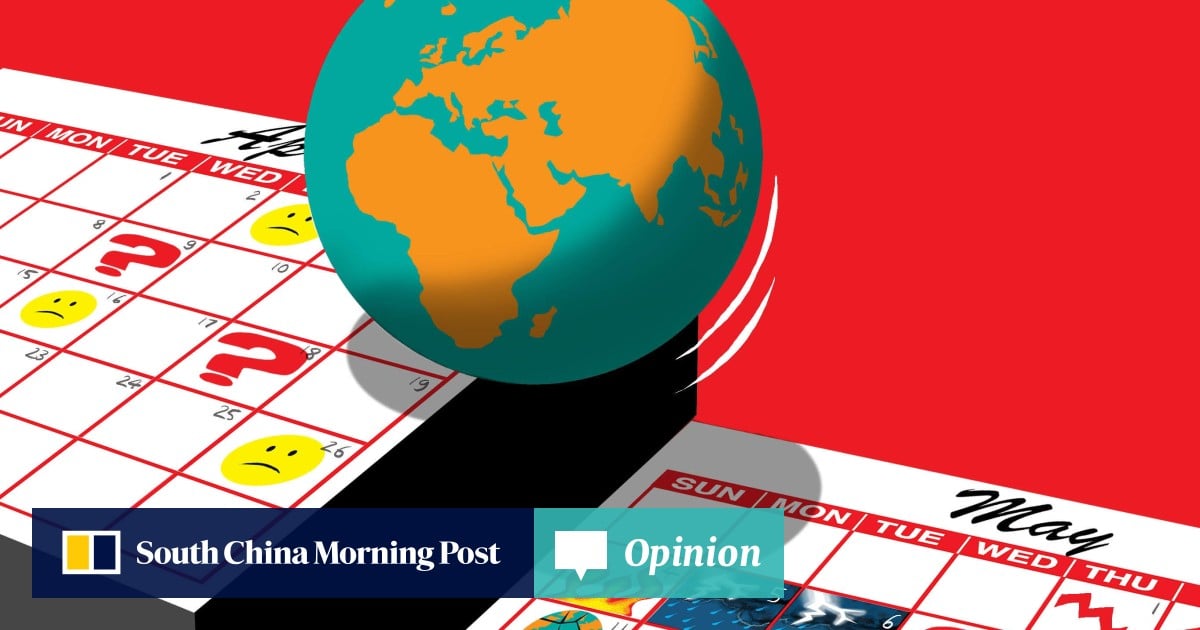As the world reels from US President Donald Trump’s sweeping – though now largely paused – “reciprocal” tariffs, next month’s global geopolitical calendar could prove consequential. Nearly every region is on the brink of decisions that could shape the coming years.
Centre stage are Trump’s first state visits of his second term, expected as soon as next month. He will reportedly visit Saudi Arabia first, as well as the United Arab Emirates and Qatar. Trump’s focus highlights Gulf investments in American industry – the UAE has pledged US$1.4 trillion, Saudi Arabia US$600 billion – and critically, may be an attempt to insert himself into Gaza talks.
Trump has floated radical proposals, including resettling Palestinians to transform the Gaza Strip into a luxury retreat. Implausibility aside, such ideas underscore a transactional and disruptive diplomatic style that could deepen Middle East divides.
The tour could also be leveraged for geopolitical theatre: Trump expects to meet Russian President Vladimir Putin in Saudi Arabia, a sort of “reverse Nixon” to draw Russia closer, away from China. The Kremlin has, however, ruled out this meeting.
China is also advancing its diplomatic agenda. After imposing retaliatory tariffs on US imports, President Xi Jinping made Vietnam his first foreign visit this year, on a Southeast Asian tour that included Malaysia and Cambodia – three nations that could be hit hard by US tariffs and retreating development aid.
These visits reinforced China’s Belt and Road Initiative and also rallied Asean against the US threat to free trade and multilateralism. Malaysia, current chair of the Association of Southeast Asian Nations, has invited China to the coming Asean-Gulf Cooperation Council (GCC) summit. This would challenge US-led Indo-Pacific groupings and could institutionalise a new pan-Asia alignment.


